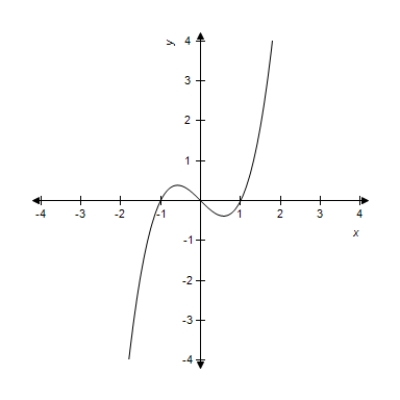Multiple Choice
Determine whether the given graph is the graph of a polynomial function, a rational function (but not a polynomial) , or a piecewise defined function. Use the graph to estimate the turning points. Round your answers to two decimal places. 
A) polynomial function turning points: 
And 
B) rational function turning points: 
And 
C) polynomial function turning points: 
, 
, and 
D) rational function turning points: 
, 
, and 
E) piecewise function turning points: 
And 
Correct Answer:

Verified
Correct Answer:
Verified
Q57: A shipping company's charges for delivery of
Q58: The supply function for a product is
Q59: If the supply and demand functions for
Q60: The table gives the median household income
Q61: If the profit from the sale of
Q63: Suppose that the cost C (in dollars)
Q64: Sketch the graph of the following function
Q65: Sketch the graph of the function <img
Q66: Solve the equation by using the quadratic
Q67: Write the equation <img src="https://d2lvgg3v3hfg70.cloudfront.net/TB1243/.jpg" alt="Write the